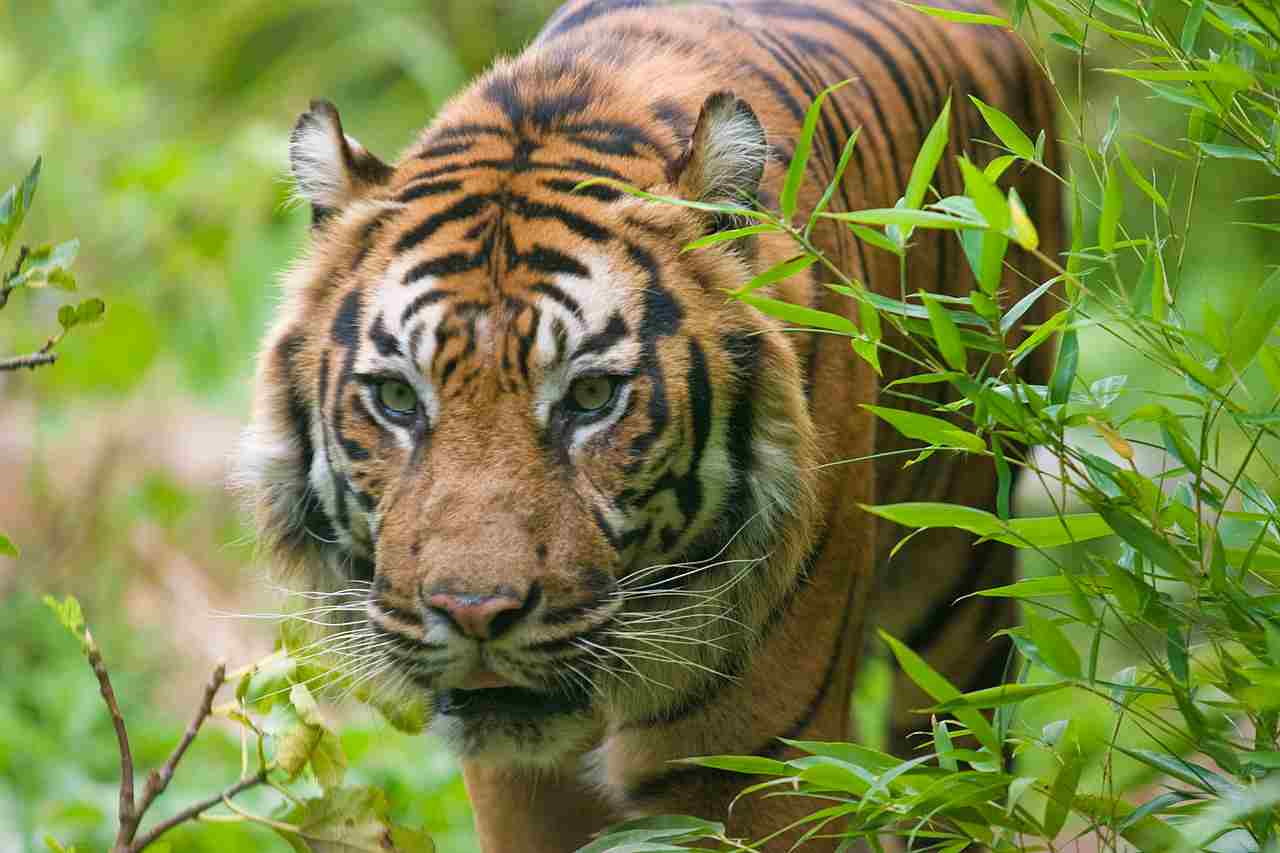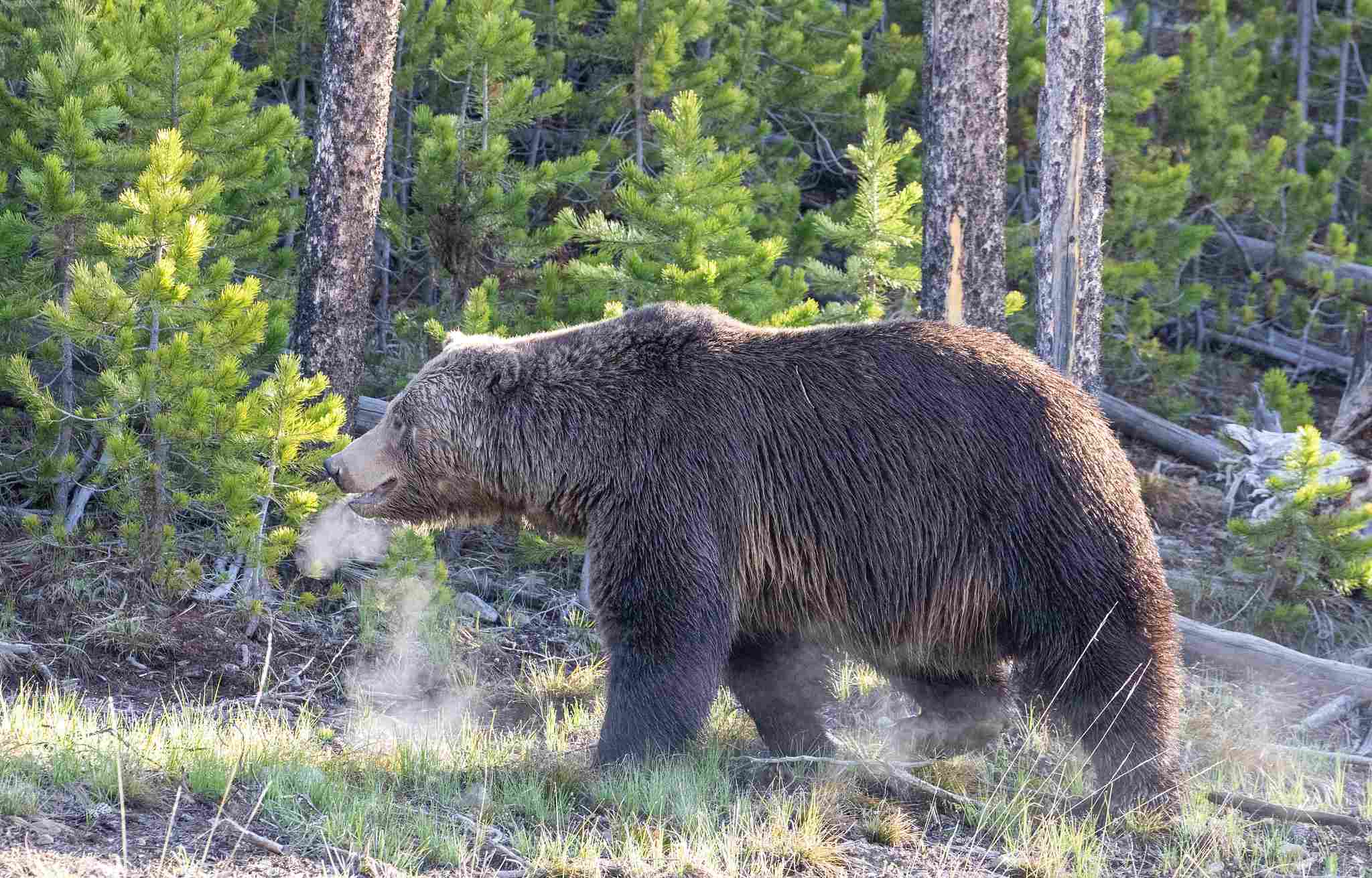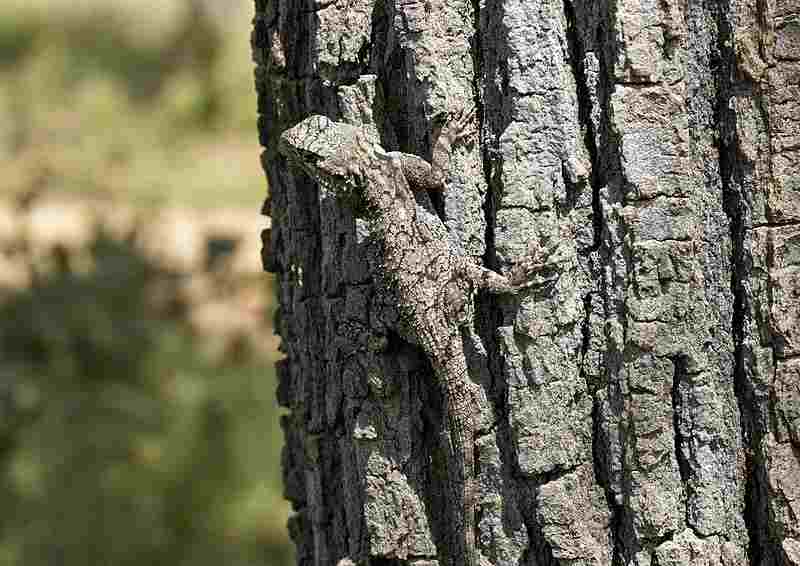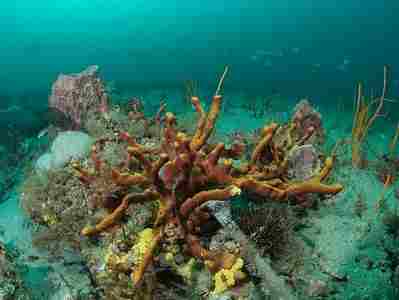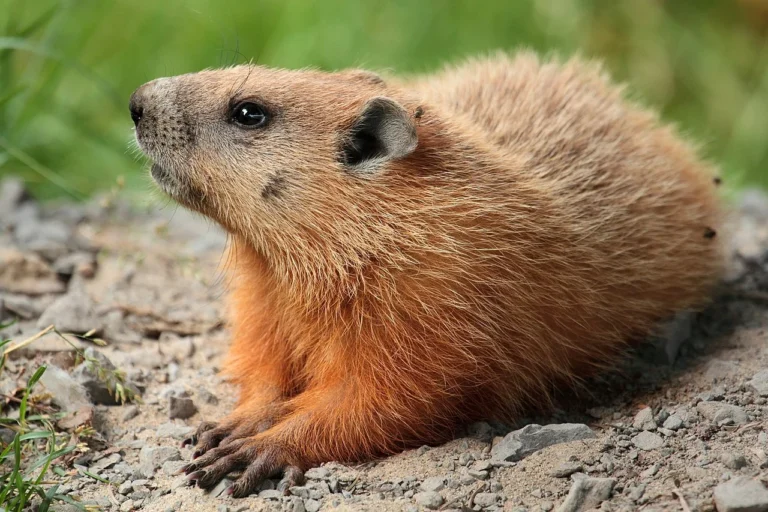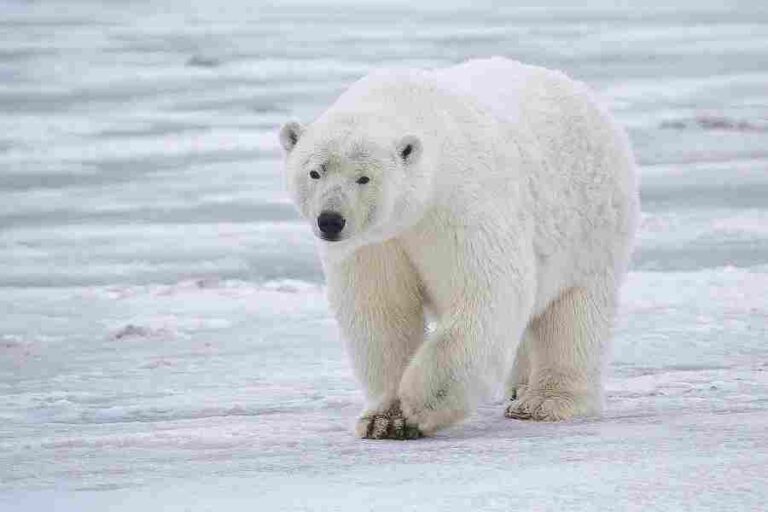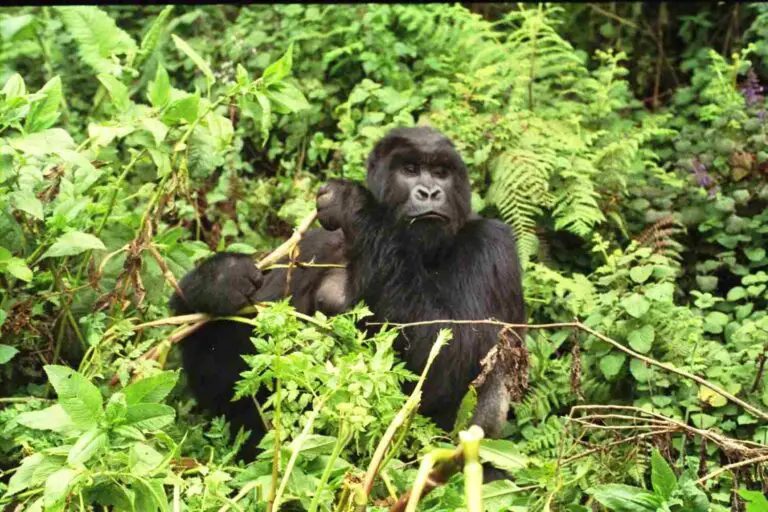Carnivores in Ecosystems and Their Characteristics, Importance
Carnivores in ecosystems are crucial for maintaining balance and health. They regulate prey populations, contribute to nutrient cycling through carcass decomposition, maintain biodiversity, and serve as indicators of ecosystem health. Large carnivores, in particular, play a vital role as apex predators by controlling prey populations, promoting species diversity, and shaping ecosystem structure. Their presence influences habitat use and behavior of prey species, with cascading effects on food webs, landscape patterns, and nutrient distribution, essential for ecosystem resilience.
| Aspect | Summary |
| Carnivores in Forests and Other Terrestrial Biomes |
Carnivores occupy various niches in forests and terrestrial biomes, exhibiting diverse adaptations for hunting and survival. They contribute to ecosystem balance and health through their roles as predators and regulators of prey populations.
|
| Examples of Top Carnivores |
Examples include big cats (e.g., lions, tigers), large canids (e.g., wolves, coyotes), bears, eagles, and crocodiles. These apex predators exert significant influence on ecosystem dynamics and play key roles in regulating prey populations.
|
| General Characteristics of Carnivores |
Carnivores possess anatomical adaptations for hunting, keen senses, territorial behaviors, and specialized digestive systems. They exhibit a range of behaviors, including solitary hunting and cooperative hunting in social groups.
|
| Role of Carnivores in Ecosystems |
Carnivores regulate prey populations, contribute to nutrient cycling through carcass decomposition, maintain biodiversity, and serve as indicators of ecosystem health. Their presence influences habitat use and behavior of prey species.
|
| Importance of Large Carnivores to Ecosystem Health |
Large carnivores, as apex predators, control prey populations, promote species diversity, and shape ecosystem structure. They have cascading effects on food webs, landscape patterns, and nutrient distribution, crucial for ecosystem resilience.
|
